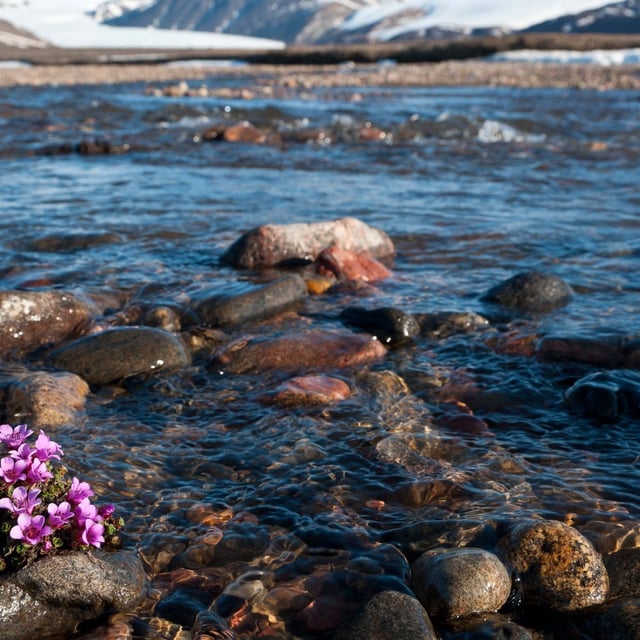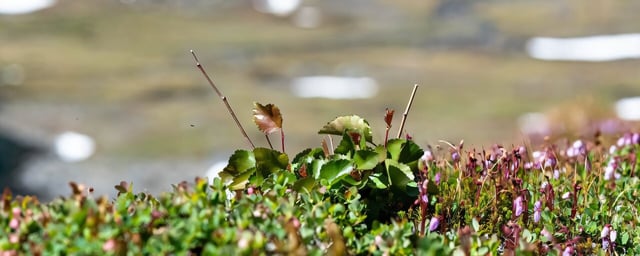Overview
- The Arctic is warming up to four times faster than the global average, driving significant changes in plant communities across the region.
- Nearly 60% of monitored Arctic research plots have experienced species turnover, with shrubs and evergreen plants expanding at the expense of low-growing tundra species.
- Shrubification reduces surface albedo, amplifying regional warming by absorbing more sunlight and exacerbating climate change effects.
- Changes in vegetation are expected to disrupt wildlife habitats, reindeer grazing patterns, and freshwater availability, with cascading effects on human livelihoods and ecosystems.
- While local species richness remains stable, the loss of cold-adapted species and biodiversity in shrub-dominated areas poses long-term ecological risks.

